Simon Yates back in Grand Tour lead at Vuelta a Espana
'A good surprise' says Briton
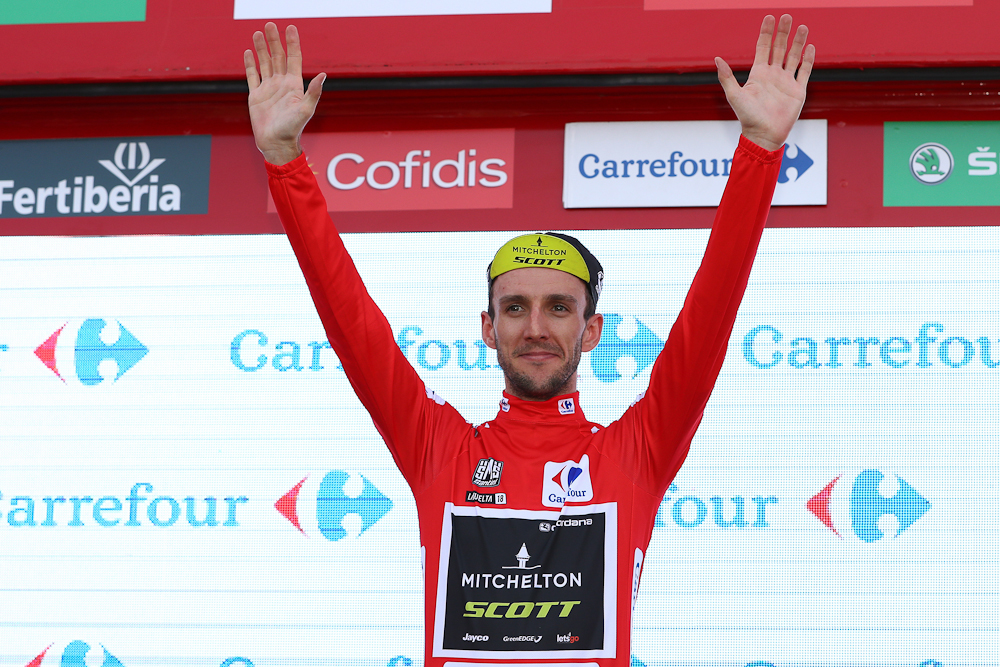
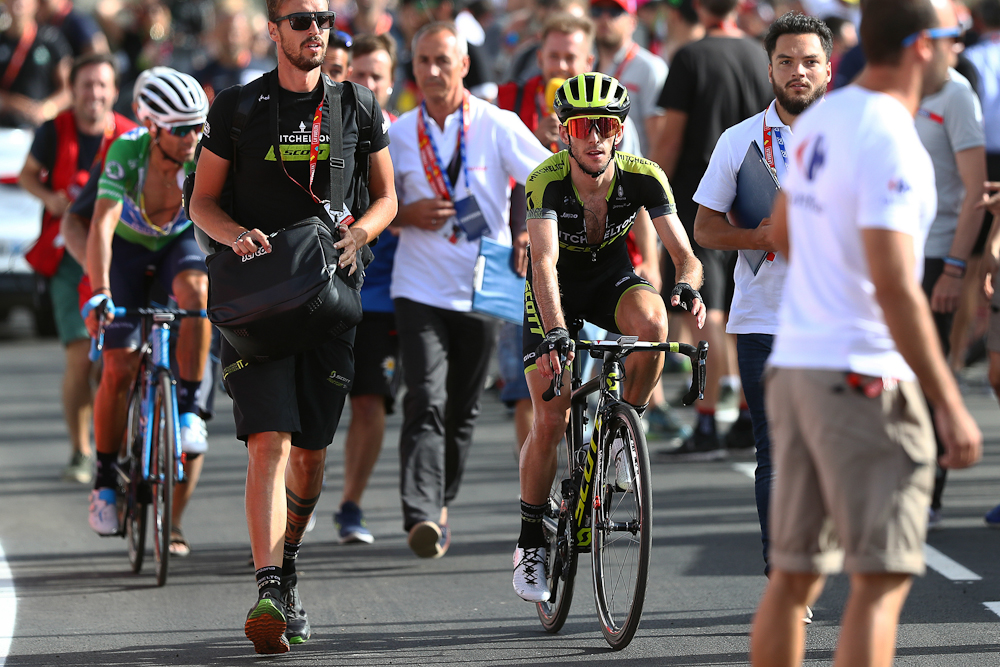
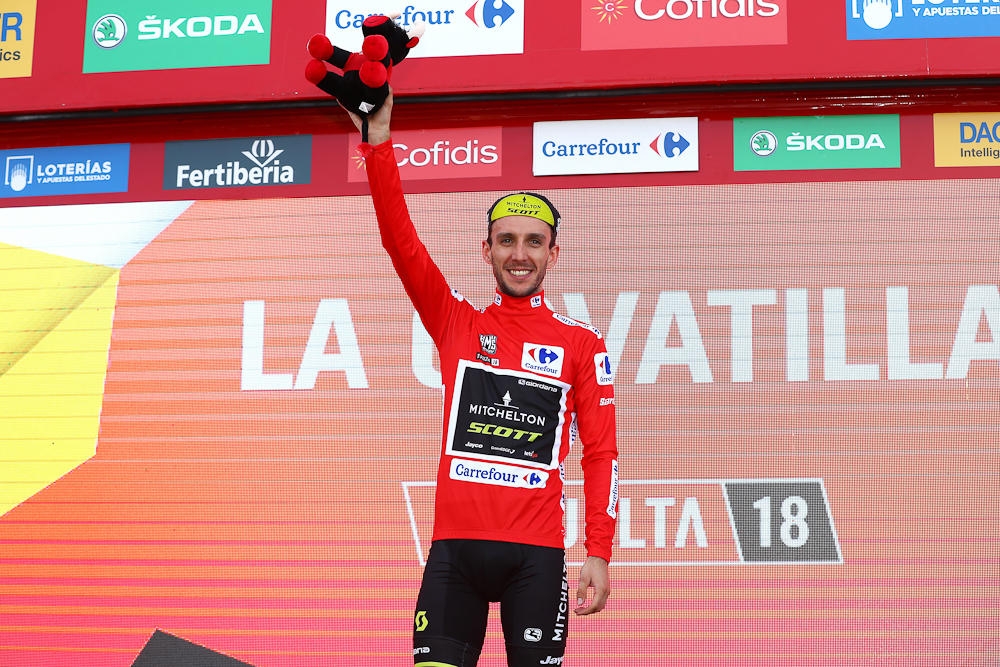
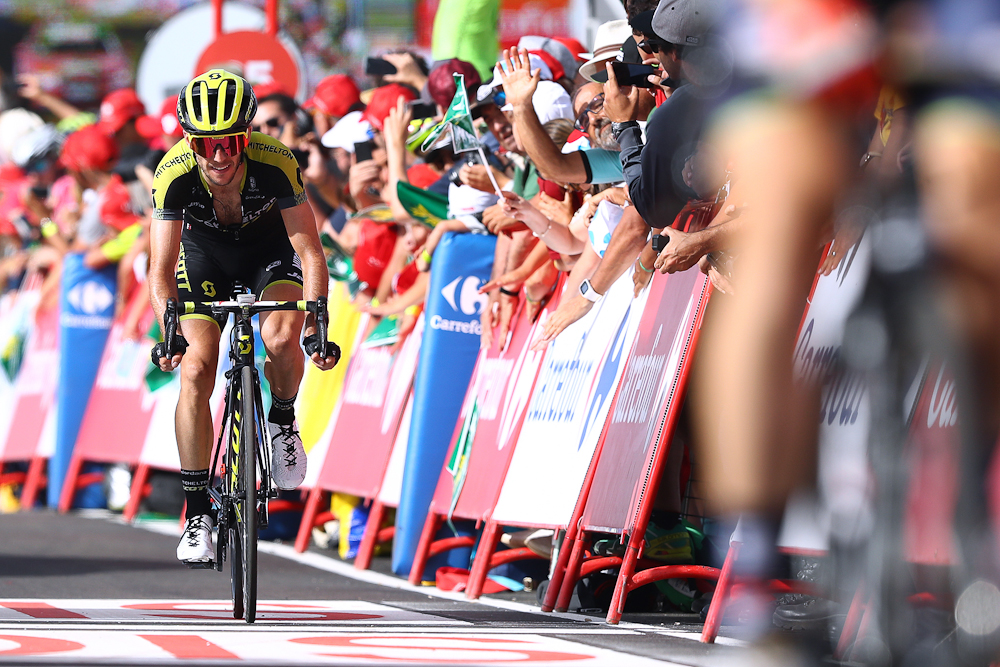
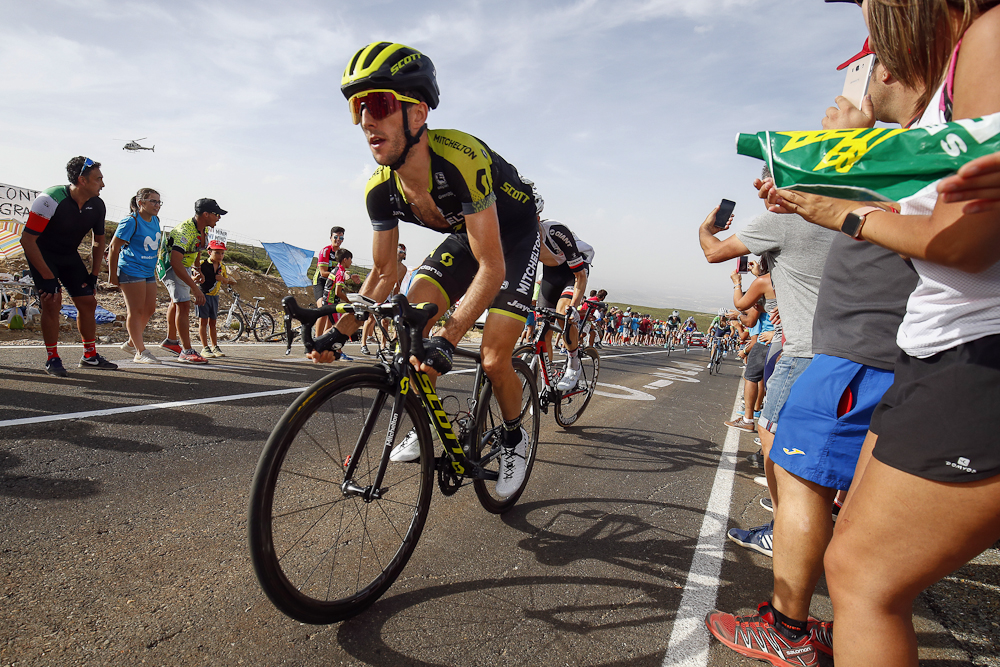
For the second time this year, Simon Yates (Mitchelton-Scott) has moved into the overall lead of a Grand Tour, taking la roja in the Vuelta a España by just one second on stage 9.
Yates took the maglia rosa in the Giro d’Italia after he finished ahead of the rest of the feild alongside teammate Esteban Chaves on top of the Etna, but netting the Grand Tour lead in the Vuelta was much less dramatic. Instead, Yates crossed the line at the arduous summit finish of la Covatilla in ninth place as the favourites group split apart.
Yates’ move allows him to head his second Grand Tour of the season by one second over Alejandro Valverde (Movistar), and the Briton said he was surprised to be in that position.
Together with Rohan Dennis (BMC Racing), also in the Giro and Vuelta, Yates is one of just two riders to have led two Grand Tours this season.
“Not at all,” replied Yates, when asked if he had expected to be in red as the Vuelta reaches its first rest day. "It was not expected.”
Nine seconds behind late attacker Nairo Quintana (Movistar) at the finish but ahead on the stage of the leading favourite for la roja, Valverde, Yates said, “I was just trying to follow the guys in the race, I was a little bit behind [Quintana], so it’s a surprise, but a good one.”
Given he had not expected to be in red, Yates was understandably wary about discussing what strategy the team would take with the race lead.
Get The Leadout Newsletter
The latest race content, interviews, features, reviews and expert buying guides, direct to your inbox!
"I’ll have to sit down with the team and discuss what we do with the jersey over the next few days," he said when pressed.
With Valverde so close behind, a single time bonus in favour of the Spaniard would be enough to shift the red jersey over to the Movistar racer’s shoulders.
As for the stage 9 final climb itself, Yates said the wind on the exposed upper slopes of the Covatilla had not been as much of a factor as it had been in 2011, when the race last went tackled the road to the ski station deep in western Spain.
“I watched the video from that year, and it looked like the wind caused more damage than anything else," Yates said. "It was not easy, but it was definitely not as strong as that year.”
As for whether it was too early to take the jersey, and what he had learned from his fading so badly late on in the Giro d’Italia, Yates said he didn't know if it was too early to take the lead.
"Like I said before, I was not expecting to be here today," he said. "I don’t know what the plan is now. We have the rest day to sit down and discuss it.”
As for the Giro and his difficulties there, Yates told reporters it’s hard to say what he learned from Italian race because he doesn’t know whiny he cracked while leading the race.
"And if I did, then I would have learned something, an invaluable lesson but we don’t know yet,” he said. “But that’s ok, because every race is different.”
Yates has already shown strong form both in the last stage of the Tour de Pologne, and again when he went on the attack on the stage 2 ascent to Alfacar, and he said he had not learned much about his rivals on the Vuelta’s second summit finish.
“I knew my condition was good before I arrived,” he reasoned, “and I had a very different preparation to what I did before the Giro. But the numbers were good and the feelings were good.
“As for my rivals, we finished today at 2,000 metres above sea level and a lot of the guys who finished ahead of me were Colombians, so they were altitude natives. I think that makes a big difference. We’ve got a few days to go until the next GC battle, so then we’ll see.”
Before that, Yates will have one unexpected morale booster - stage 11 finishes in the same town, Luintra, as when he took his first Grand Tour stage win back in 2016, although it is not clear if the race will use the exact same finish.
“I wasn’t aware of that,” he said. “But that year was a very difficult stage, much earlier in the race. It’s very hard around that area. But I don’t know what the plan is with the team yet.
“Good question,” he responded when asked why there has not been so much of a GC battle in the Vuelta so far, despite the toughness of the terrain throughout the first week.
“There have only been two real opportunities to make a difference [stage 4 and stage 9 - ed]. A lot of stages have been flatter or there have been breakaways. But the more north we move, the more stages for GC there’ll be and the more changes in the GC there will be. There’s a lot to come.”
Alasdair Fotheringham has been reporting on cycling since 1991. He has covered every Tour de France since 1992 bar one, as well as numerous other bike races of all shapes and sizes, ranging from the Olympic Games in 2008 to the now sadly defunct Subida a Urkiola hill climb in Spain. As well as working for Cyclingnews, he has also written for The Independent, The Guardian, ProCycling, The Express and Reuters.
